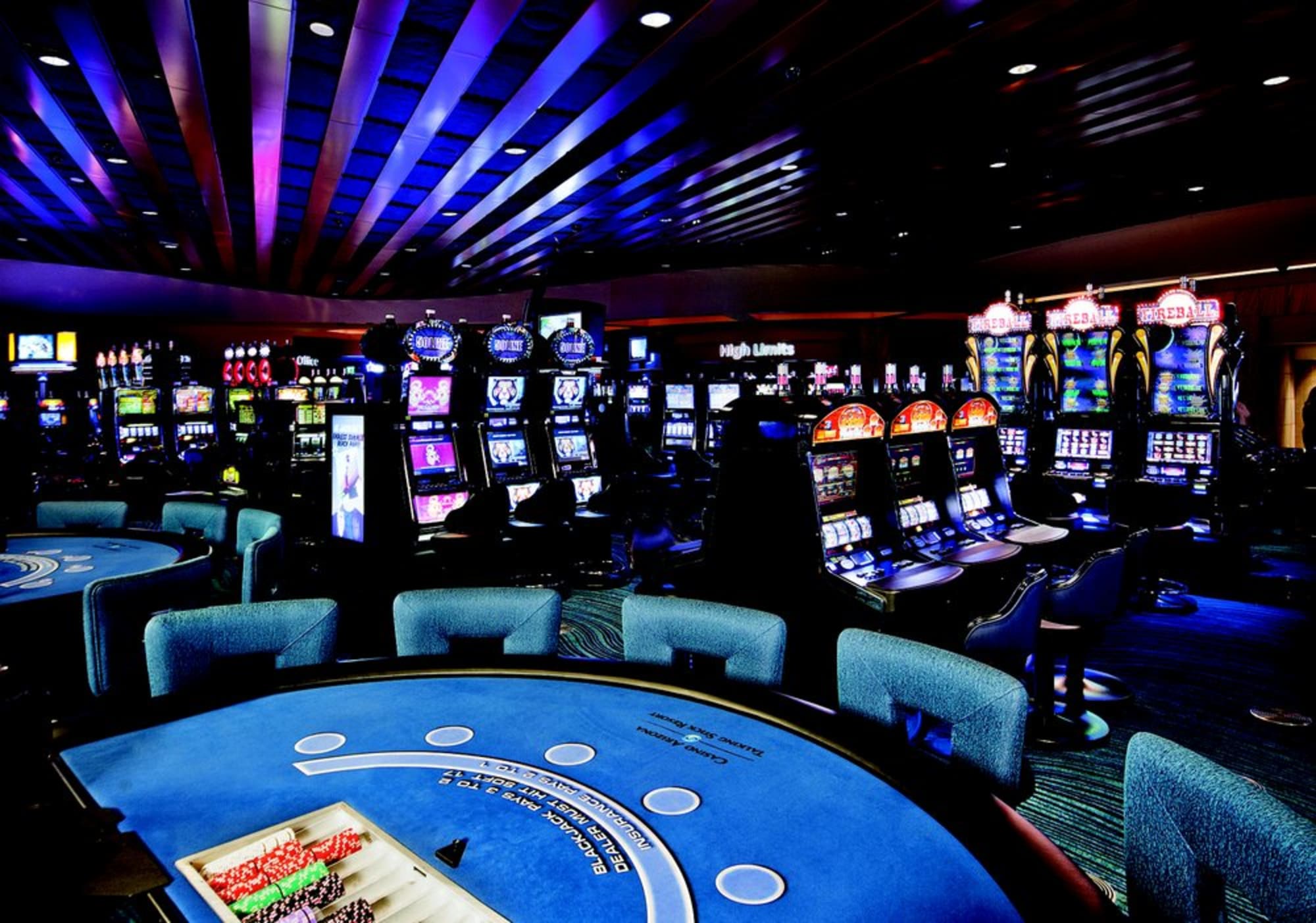
Casino games have long captivated people’s attention, drawing players into a world filled with chance, tactics, and the allure of excitement. Each experience is carefully crafted not just for entertainment, but also to evoke specific emotional responses that keep gamblers immersed and interested. Understanding the drives behind these designs reveals much about how behavioral psychology plays a crucial role in the gaming experience.
From the bright lights and vibrant sounds to the complex layering of rules and rewards, casino games are designed to create an atmosphere of thrill and eagerness. Game designers leverage psychological principles to influence player behavior, whether through the use of big prizes, close-call situations, or social connections. By examining these factors, we can better appreciate how casino games fulfill not just a want for entertainment, but underlying psychological needs for thrill and risk.
Understanding Player Behavior
Casino games are crafted with a thorough understanding of gamer psychology, which is vital for drawing in and keeping players. The thrill of the game, coupled with the anticipation of winning, creates a strong allure. Game designers make use of elements like sound effects, colorful graphics, and engaging gameplay to capture attention and elicit emotional responses. These sensory effects enhance the overall experience, making players feel more involved in the game.
Another notable aspect of player behavior is the notion of risk versus reward. Casino games often manage risky situations with the potential for significant rewards, which can result in the event known as near-miss phenomenon. When players come close to winning, the brain secretes dopamine, strengthening their behavior and encouraging them to persist playing in quest of that elusive win. This cycle of hope and letdown plays a critical role in how games are designed and advertised.
Lastly, social factors also play a pivotal role in player behavior at casinos. Many games are crafted to be played in pairs or alongside other players, nurturing a sense of community and collective experience. The social interaction inherent in games like blackjack enhances enjoyment and can result in extended gameplay. Designers capitalize on this by designing environments that invite players to stay, interact, and revisit, making the overall casino experience more inviting.
The Role of Imagery and Sound
Visuals and audio play a significant role in elevating the player’s experience within casino games. Designers utilize vibrant colors, striking graphics, and captivating animations to capture gambler’s attention and hold their focus. The use of motifs, such as adventure or luxury, helps create an immersive atmosphere that takes players into another world. By connecting to the senses, these elements contribute to a heightened emotional response, encouraging players to interact more deeply with the games.
Audio design is equally important in reinforcing the experience of casino games. The combination of ambient music, audio effects for winning combinations, and environmental noises creates an auditory landscape that holds players enthralled. Audio cues associated with wins, such as chiming bells or celebratory music, evoke feelings of thrill and reward, prompting players to keep playing. These audio cues are carefully placed to enhance the excitement of the game and create a more engaging experience.
Moreover, the alignment of imagery and audio is essential for reinforcing the game’s overall concept and atmosphere. Each element should coordinate harmoniously to create a unified experience that pulls players in. The effective use of this integration not only enhances user satisfaction but also boosts the chances of return play, as players become more engaged in the immersive world that the gambling games offer. This thoughtful integration of visuals and audio ultimately enhances player engagement and commitment.
Incentive Systems and Engagement
The design of casino experiences heavily relies on reward structures to keep players engaged and coming back for more. These systems are based in behavioral theories that take advantage of human behavior and motivation. W88 Participants are often motivated by the excitement of winning, which is reinforced by instant responses through the game structure’s design. This instant gratification not only improves the gaming experience but also fosters a sense of achievement, encouraging players to continue participating in hopes of bigger rewards.
Casinos adopt various reward structures, including jackpots, extra rewards, and increased rewards, to captivate participants. These features create a level of excitement that maintains interest. Additionally, the unpredictability of outcomes plays a crucial role in sustaining interest. The intermittent reinforcement schedule, where wins are random but occur often enough, keeps players on edge and driven to keep playing. This loop of anticipation and expectation is essential to the success of casino games.
In addition, social elements, such as competitive events and collaborative options, enhance the participation factor by leveraging the competitive nature of participants. The communal aspect of gaming with others can amplify the thrill of winning and create a sense of community within the casino. By combining these social dynamics with efficient incentive structures, gambling experiences not only offer entertainment but also foster a stronger bond among players, reinforcing their loyalty to the gaming experience.